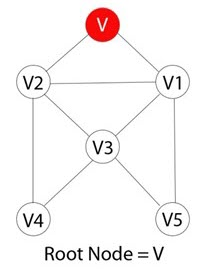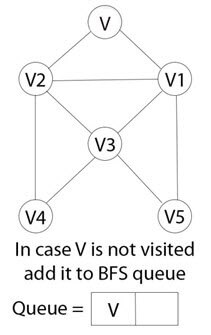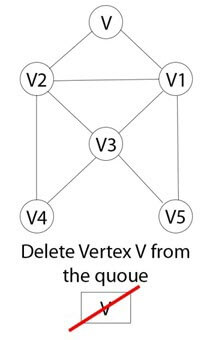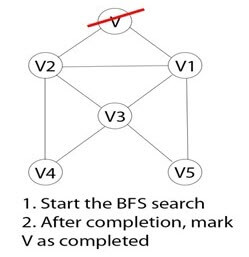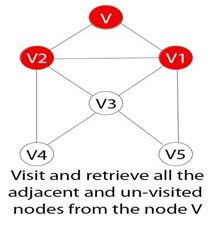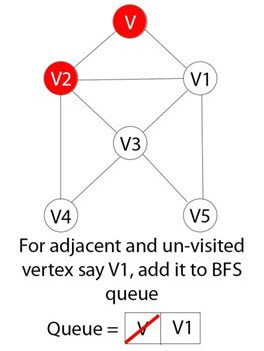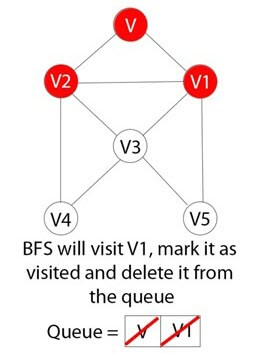Problem Statment
Given a directed graph. The task is to do Breadth First Search of this graph.
Example 1:
2
5 4
0 1 0 2 0 3 2 4
3 2
0 1 0 2
>> 0 1 2 3 4 // BFS from node 0
0 1 2
